“The greatest danger in times of turbulence is not the turbulence. It’s to act with yesterday’s logic.” – Peter Drucker Many organizations are rethinking, re-imagining, and reinventing the workplace. They are not looking simply to cope with the changing world, but also to be proactive as they anticipate the future. They understand that leaders are learners.
A learning organization is made up of learning individuals. That starts with the right questions:
How can we improve what we are doing?
What is the best way to grow our business in a 24/7 nonstop global community?
How could the changing demographics in our workplace make us faster and better at delivering services and products?
What needs to be changed in our processes and procedures to make us more viable?
How do we leverage this new generation in light of our future needs?
Millennials (1981-2001), just surpassed Gen X and Boomers as the largest generation in the U.S workforce, 37 percent, and that will increase to 50 percent by 2020.
Future employees (mostly Millennials), will expect their workplace to reflect certain characteristics. And proactive organizations see these characteristics as advantages.
Here are 3 benefits organizations are gaining by engaging their Millennial workforce.
A move toward “distributed” decision making. In traditional organizations decisions are made by central command because that’s where the information is stored. But today, with the entrance of the internet, there is a pipeline of information available to everyone. The skills for great decision making need to be diverse, dynamic, and ever-evolving in order to keep up with rapid change.
Distributed decision making happens when leadership rises organically. A chain of command can act like a bottleneck slowing down this highly engaging system.
Proactive organizations encourage two-way dialogue. They understand that a company must support bottom-up-decision-making power because it makes them faster and better.
More “premium” time spent on work-related issues. We know there are negative risks to being freed from the 9 to 5 cubicle. However, companies that are open to the process have a different way of thinking. It’s a natural tendency for an organization to focus on waning loyalty and excess socializing in the office.
For Millennials, the lines separating work and life are blurred. It’s all fused together — more of a work-life blend. They just do life, which includes work. They might well be working at 10pm somewhere away from the office. That becomes premium time.
Some are uncomfortable with this new generation of workers, in part, because of their desire for a more flexible workplace. Yet upon further investigation, many companies are discovering that a focus on what gets done rather than how and where it gets done is turning out to be a good thing. Companies that see these advantages have developed cultures that allow these two worlds to co-exist.
A transformation of traditional feedback to “micro-feedback”. The days of an annual or bi-annual performance review have been replaced by a new and better process called micro-feedback. A person gets instant feedback that’s specific to certain behavior(s) in real time, all the time. It’s usually not lengthy or a rant. It’s spot on, to the point, and in the style of a Twitter-like response of 144 characters. It’s not only easier to understand, but also possesses a greater probability of being applied. This also lessens the chance of feedback being taken personally instead of behaviorally.
Successful organizations go deeper than the change on the surface. They change the way they think. Rather than resisting the change, their thinking results in a paradigm shift that not only embraces the new reality, but also sharpens their impact.
This readies them to explore exciting opportunities coming their way. As they engage the new workforce, they also embrace the future.
How is your organization engaging and integrating this new workforce?
